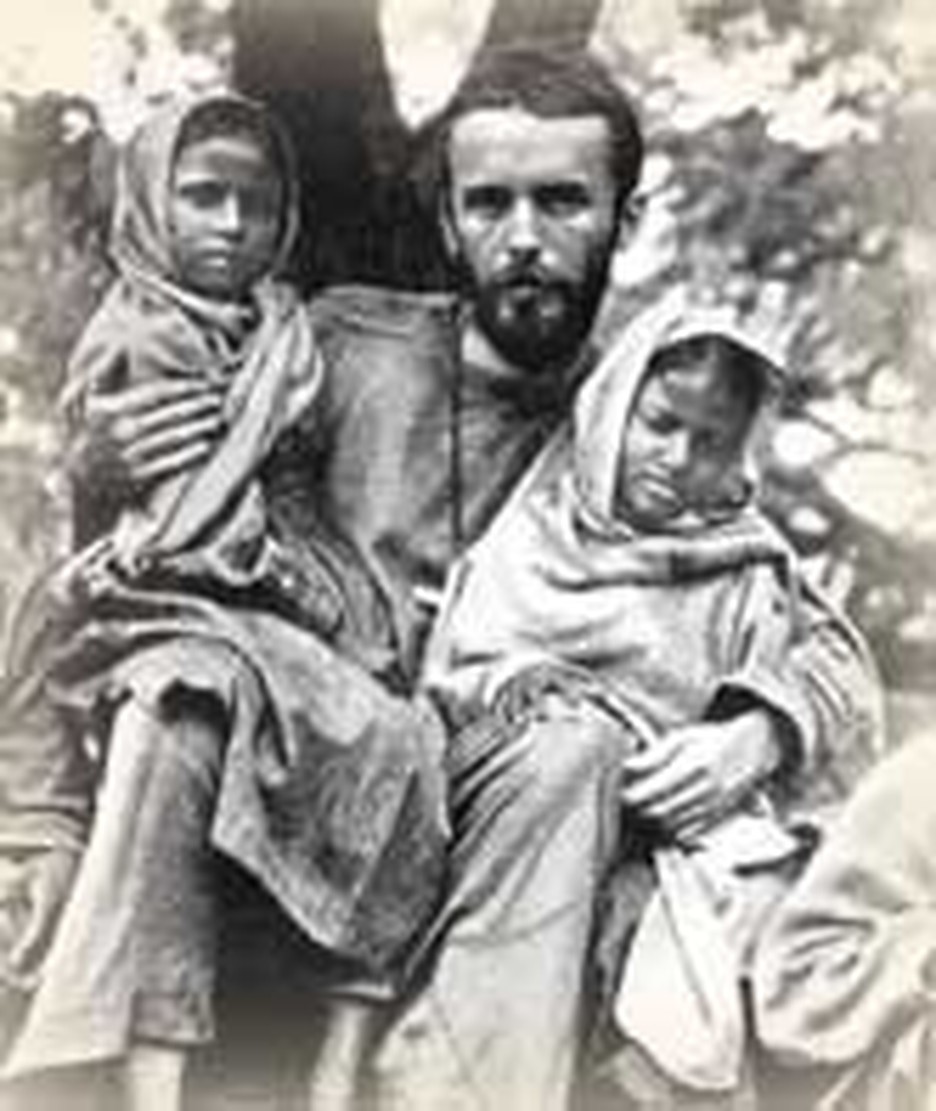
Our daily calendar of events could quite easily be filled with records of church divisions and splits. It would not be so easy for us to show churches overcoming divisions and finding reconciliation and healing. And yet for the Christians of South India, a remarkable reversal occurred at the start of this century. Christians are a very small minority in India and various Protestant groups have often been at odds with each other.
Talks toward unification of South Indian Protestant churches began in 1855. The meetings must have seemed futile at times. A spirit of persistence and patience was needed, for it was more than half a century before tangible results were achieved. In 1908 Presbyterians and Congregationalists fused into one new body. Still the talks continued, now including the Anglicans.
As early as 1888, Anglican leaders, taking to heart the Apostle's Creed, which speaks of one holy, catholic (i.e. universal) church began to contemplate seriously what must take place if they were to unify with other churches. Unification was possible, they concluded, but only if certain essentials were retained. The Lambeth Conference of 1888 (so named because Anglicans from all over the world gather under the auspices of the Archbishop of Canterbury, usually at the Lambeth Palace) issued a list of four fundamentals which must be accepted by any church which would merge with Anglicans. This is called the Lambeth Quadrilateral.
These articles declare that the Holy Scriptures of the Old and New Testament contain all things necessary for salvation and are the rule and ultimate standard of faith. The Apostles' Creed is the symbol for baptism and the Nicene Creed is the sufficient statement of faith. Baptism and the Lord's Supper are the two essential sacraments, instituted by the Lord himself. They must be observed with the words and elements he himself ordained. The church must have a "historic" Episcopate; that is, a succession of ordination traceable (in theory at least) back to the apostles.
On this day, September 27, 1947, after 28 years of talks, the Anglicans of Southern India, Ceylon and Burma united with the Church of India, joining the Congregationalists and Presbyterians who had already merged together. The merger was inaugurated at Madras. Three Anglican bishops consecrated nine new bishops. It was the biggest ecumenical merger to that time, and it immediately prompted other regions to begin their own negotiations for similar reunification. Almost half a million Anglicans were involved.
Bibliography:
- Neill, Stephen. Anglicanism. New York: Oxford University, 1977, 1958.
- Paul, Rajaiah David. Ecumenism in Action; a historical survey of the Church of South India. Christian Literature Society, ca. 1972.
- "South India, Church of." The Oxford Dictionary of the Christian Church. Edited by F. L. Cross and E. A. Livingstone. Oxford, 1997.
Last updated April, 2007.

.jpg)
